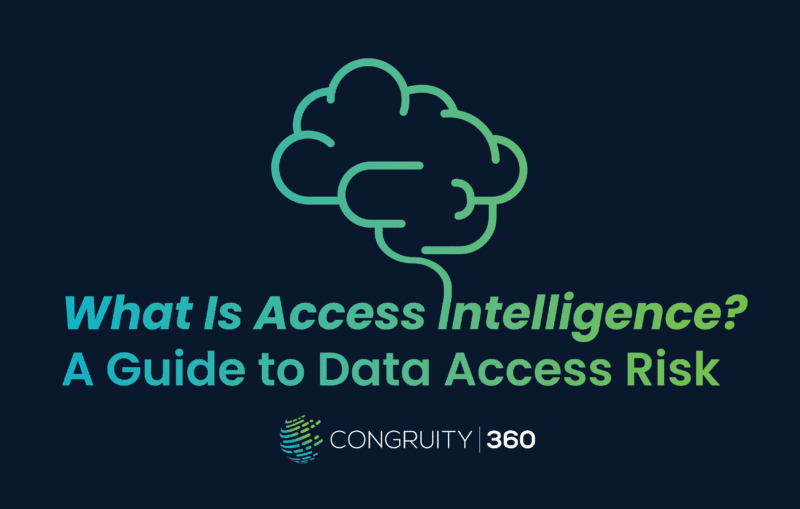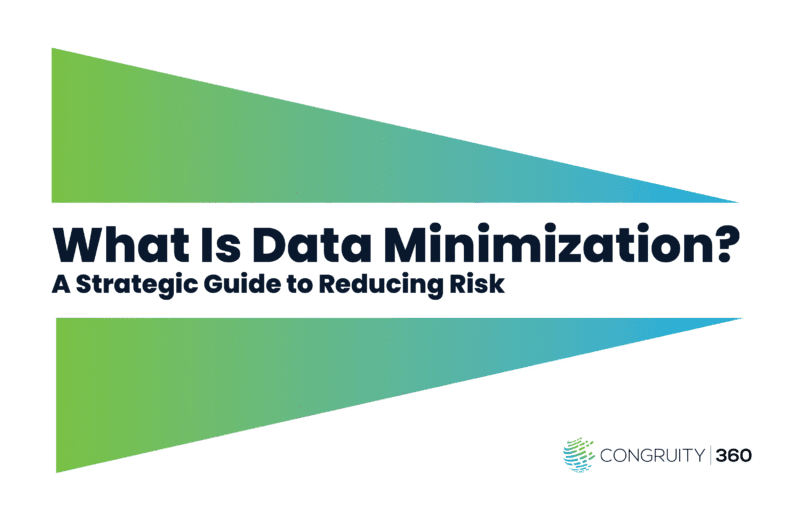In February 2024, the National Institute of Standards and Technology (NIST) released CSF 2.0, marking its first major revision since the framework’s debut in 2014 (NIST, Axios). Designed to serve every type of organization—from small nonprofits to large enterprises—CSF 2.0 expands beyond its original critical-infrastructure focus to offer a versatile tool for managing cybersecurity risk across all sectors (NIST, Wikipedia).
Reactions underscore CSF 2.0’s improved engagement with leadership and enterprise-wide buy-in.
“The new Govern function is a big deal… cyber can’t just be relegated to IT anymore!”
— Reddit user on r/grc (Reddit)
“Finally. The governance aspect really rounds out this framework… ensure a consistent language… between the groups…”
— Reddit user on r/cybersecurity (Reddit)
Key Additions and Enhancements
1. New “Govern” Function
A core innovation in CSF 2.0 is the introduction of the Govern function, elevating cybersecurity to a level of enterprise-wide strategic importance. This function emphasizes leadership involvement, governance structures, policy oversight, and alignment with organizational risk strategies (NIST).
2. Broader Applicability
While earlier versions centered on critical infrastructure, CSF 2.0 explicitly extends its relevance to all organizations, regardless of size or sector (NIST, Wikipedia).
3. Practical Implementation Tools
Implementation has been streamlined with:
- Quick-start guides tailored to different organizational roles and sizes,
- Implementation examples to illustrate best practices in action,
- A searchable Reference Tool for exploring the CSF Core in human- and machine-readable formats (NIST).
4. Richer Mappings and References
CSF 2.0 includes a searchable catalog of informative references, helping organizations bridge the framework with over 50 other cybersecurity standards and documents—such as NIST SP 800‑53 Rev. 5 (NIST).
5. Enhanced Translations and International Alignment
CSF 2.0 has been translated into multiple languages (including Mandarin and Thai in 2025), and maintains alignment with international standards such as ISO/IEC (NIST).
Post-Release Developments in 2025
1. Enterprise Risk Integration
NIST has released and sought comment on several IR 8286 publications, guiding practitioners in integrating cybersecurity with Enterprise Risk Management (ERM)—a response to the governance goals of CSF 2.0 (NIST).
2. Ransomware Profile
A new draft Ransomware Profile (IR 8374 Rev. 1) offers organizations tailored guidance to assess and prepare for ransomware threats, with feedback accepted through March 14, 2025 (NIST).
3. New Mappings for System Alignment
Additional mappings enrich CSF 2.0’s interoperability:
- To SP 800‑171 Rev. 3 for Controlled Unclassified Information,
- To ISO/IEC‑27001:2022 as of May 2025 (NIST).
4. Privacy Framework 1.1 Draft
Aligned with CSF 2.0, the Privacy Framework 1.1 was released as an initial public draft in April 2025. It refines structure for better usability, including a new AI-related privacy risk section (NIST).
5. SP 800‑53 Enhancements
In August 2025, NIST updated SP 800‑53’s control catalog to include new safeguards—such as Logging Syntax (SA‑15), Root Cause Analysis (SI‑02(07)), and Design for Cyber Resiliency (SA‑24)—to strengthen software update processes. The updates, published in machine-readable formats via the Cybersecurity and Privacy Reference Tool (CPRT), reflect a move toward more agile, transparent risk control systems (NIST).
Moving Forward with NIST 2.0
The NIST Cybersecurity Framework 2.0 is not just an incremental update—it represents a paradigm shift:
- It elevates cybersecurity into strategic, enterprise-level governance.
- It enhances usability through practical tools, references, and mappings.
- It embraces global applicability via translations and international standard alignment.
- It reflects responsiveness to modern threats like ransomware.
- It futuristically weaves in privacy and software lifecycle considerations.
Whether you’re a small nonprofit or a multinational corporation, CSF 2.0 offers a structured, practical, and scalable approach to navigating today’s dynamic cybersecurity landscape.





